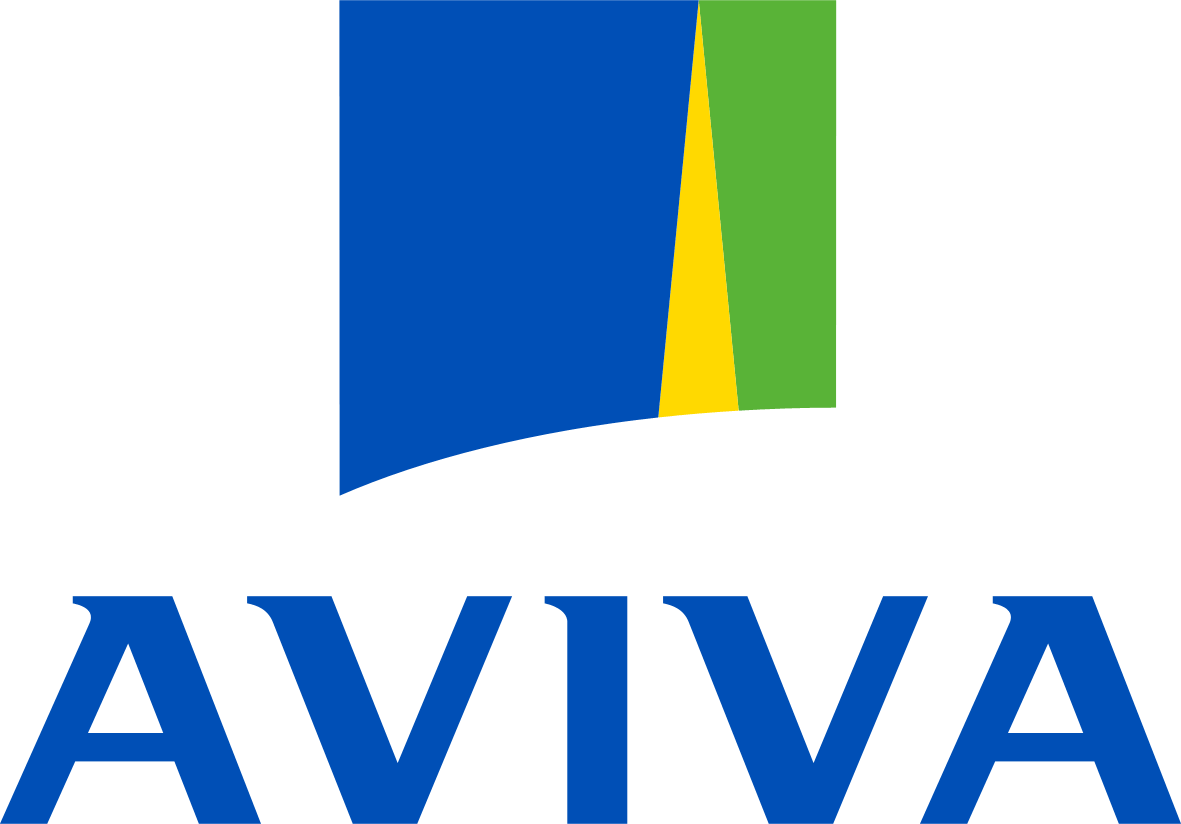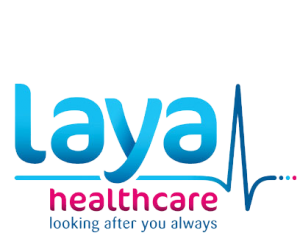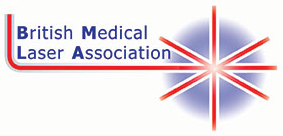 Download this information as a PDF
Download this information as a PDF
Introduction
An intact skin is essential for life, illustrated by the serious nature of extensive thermal burns - the mortality risk of a 40% total body surface area burn in a 70-year-old patient is 94%.
Secretions
The surface of the scalp, face and upper trunk of adults is a hydrolipid film made up of sebum, water, salts and metabolic products. Sebum is produced by sebaceous glands within the hair follicular apparatus. The lipids protect against irritants, allergens and certain toxins and prevent water loss.
Eccrine sweat glands produce a salty solution. They are found over most of the body, but are often profuse over the scalp and forehead, axillae, palms and soles. This arises in response to exercise and high temperature (internal or environmental).
Apocrine glands are found in axillary, pubic and perianal regions resulting in a sticky secretion prone to malodour. The smell is due to colonization by bacteria.
Protective properties
Skin permits a stable internal environment, not just holding the body together but also protecting internal organs from environmental dangers.
Barrier function
Physical
- Protects body from mechanical damage i.e. friction and impact.
- Mainly impermeable to water.
- Adherent flat cells of stratum corneum, supporting keratinocytes & collagen provide tensile strength.
- Sebum aids pliability.
- Elastin allows skin to recover shape after deformation.
- Subcutaneous tissue absorbs shock.
Thermal
- Poor conductor of heat, thus a barrier to heat injury, tolerating <40 deg C.
- Higher temperatures may cause marked tissue destruction.
- Severe burns rare on palms and soles because of thick epithelial cover.
- Deep epidermal appendages (scalp) are also protective.
Antimicrobial
- Protects from bacteria, fungi and viruses.
- Keratinocytes provide physical barrier & produce cytokines.
- Sebum & acid mantle repel pathogenic organisms.
- Commensal bacteria/yeasts protect against pathogens.
- Skin is a major immunological organ
Chemical
- Keratinocytes protect from chemicals.
- Excessive exposure causes irritant dermatitis and chemical burns.
Radiation
- Superficial layers of epidermis protect dividing DNA in basal layer and below from excessive UV radiation
- Due to thickness of keratinocyte layer, melanin, urocanic acid & appendages.
- Sunburn rare on palms and soles because of thick epithelial cover.
- Sunburn rare in black skin because of melanin throughout epidermis.
- Sunburn greater after bathing because of loss of water‐soluble urocanic acid.
- Hair provides a physical barrier.
Maintain fluid balance
Evaporation
- Adherent keratinocytes & sebum prevent skin from drying out.
- Sweat moistens skin surface.
Permeation
- Adherent keratinocytes & sebum prevent absorption of excess water.
Excretion
- Waste products & salt disposed of in sweat.
Regulation of body temperature
Cooling
- Evaporation of sweat.
- In hot weather cutaneous blood vessels dilate to give off heat.
Warming
- Insulating subcutaneous tissue.
- In cold weather cutaneous blood vessels constrict to conserve heat.
- Hair protects scalp.
- Arrector pili contraction (goose bumps) produces heat.
Immunological function
Infection
- Protect against microbial attack.
Allergy
- Protect against allergic reaction
Metabolic function
Synthesis
- Vitamin D (subcutaneous tissue)
- Structural proteins, glycans, lipids, signalling molecules
Storage
- Fuel in subcutaneous adipose cells
- Electrolytes, water, vitamins, carbohydrates, protein
Wound healing
- Secrete fibronectin & other compounds required for restoration of skin integrity.
Communication
Sensory nerves
- Warn of heat, cold, contact, mechanical injury, infestation.
- Temperature, pain, touch, vibration, pruritus
Physical state
- Aesthetic appearance
- Odour (sexual attraction): apocrine gland secretion.
- Deodorant (low level of bacterial decomposition)
Emotional state
- Facial expressions.
- Skin colour (erythema, pallor).
- Sweating, goose bumps.













